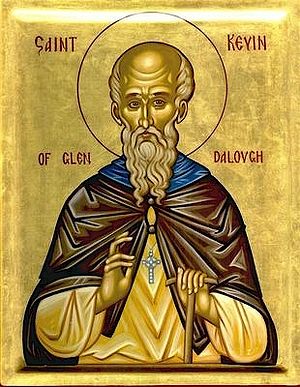 Venerable Kevin of Glendalough
Venerable Kevin of Glendalough Upon his ordination to the priesthood, Kevin, accompanied by an angel, crossed the mountains of Wicklow and settled at the upper lake in the place called Glendalough, which means “the glen of two lakes”, since it has two lakes, upper and lower, situated close to each other. Here, before establishing his main monastery, the saint lived for seven years in complete isolation and prayer in a very small bronze-age cave, which is now known as “St. Kevin’s bed”.
He walked barefoot, wore very rough clothes and ate only various kinds of herbs and roots, only sometimes allowing himself some fruit and fish. The main activity in his solitude was prayer to God Who bestowed upon His follower the gift of working miracles. Disciples gradually gathered around him and thus the saint founded Glendalough Monastery, which was destined to become one of the largest and most influential monastic centers of the Emerald Isle. Kevin became its first abbot. Soon after, it is said by a late source, Kevin went to Rome on pilgrimage and brought from there holy relics that were placed inside his monastery.
Like other Irish saints, Kevin lived in harmony with nature, especially with wild animals that served him. It was even said that sometimes branches and leaves of trees sang sweet songs to Kevin! We will mention some of the best known stories. The most famous one is that once when Kevin was standing concentrated in quiet prayer with his arms outstretched, a blackbird landed on his palms, built a nest on them, hatched eggs, cared for its nestlings and then flew away (throughout all this period the saint did not move and only prayed, while the blackbird gave him berries as food). Artists for a long time liked to depict this scene from the saint’s life. According to another story, in one of the two lakes there lived an otter that helped the hermit for many years. When he lived alone it sometimes brought him fish, and when Kevin was abbot it delivered salmon to the brethren, particularly in a period of famine. One time, when the man of God was praying in the lake’s cold water, he accidentally dropped his prayer-book in the water. The otter at that very minute emerged holding the prayer-book in its mouth—the book was absolutely undamaged. Once one monk was overcome by greed: he decided to kill the otter and to use its skin to make gloves for himself. But the clever mammal felt his evil intention and quietly left that site forever.
Kevin was so wise that King Colman asked him to be in charge of raising of his younger son (all his other children died in infancy and the King wanted his only heir to be protected by the holy man). The saint kindly agreed. But the monastery had no cow to supply milk for the baby. On the same day the Lord sent them a doe which, at the saint’s command, nursed the child. One day a wolf came to the monastery and killed the doe. Kevin rebuked the cruel animal for this deed and ordered it to give milk to the infant prince instead of the doe—and the wolf obeyed.
The legendary story of the foundation of Glendalough is also interesting. According to tradition, while Kevin was praying in his cave, a cow came to him every day and licked his clothes, sensing his holiness. Whenever it returned to its master it gave as much milk as 50 cows could provide. The farmer once resolved to follow the cow and to know what the mystery was. Thus he saw Kevin, who with his gentle, sweet words converted the farmer to Christ at once. The latter was baptized together with all his family and neighboring inhabitants. Inspired by divine wisdom, the saint decided to leave his hermitage and undertake a large-scale mission across the surrounding district and to build a monastery. At that time Glendalough was ruled by an old pagan king named O’Tool. He had a goose which by that time was also very frail and could not fly. The ruler, hearing about Kevin and his holy life, asked him to make his goose young. The saint promised, but on condition that the king would grant him the land (to found a monastery) over which the goose would fly. The king consented, thinking that the saint would fail, but Kevin touched the bird and it instantly became young. The goose then flew over the whole valley of Glendalough and thus it belonged to the monastery from that time.
The locals say that no skylarks sing above Glendalough to this day. The reason is the following. When they began building the monastery the workers decided to labor so hard that they would rise as early as skylarks and go to sleep as late as lambs. But soon the masons were so exhausted that the quality of their work deteriorated. The saint then found out that larks woke too early and prayed for a solution to this problem. In an instant, all the larks that had lived there vanished; the building was completed successfully and the birds never returned to that spot.
Another time a boar ran up to Kevin, who was praying under a tree, seeking protection—because hunters with hounds were chasing it. The hounds, seeing the saint with the boar, gently lay on the ground. The hunters first wanted to kill the animals all the same, but an immense flock of birds suddenly landed on the tree. The men saw in this a sign from above and retired.
 St. Kevin
St. Kevin When Kevin was an infant a mysterious white cow came to his parents’ dwelling every day and gave milk to their son. When Kevin was a bit older he was entrusted with tending the sheep. One day a group of poor men were passing nearby. The boy-saint had pity on them and gave them four sheep. In the evening it turned out that the number of the sheep in the flock remained the same. Another time pilgrims visited the monastery where the young Kevin was being trained. At that time the saint was in the kitchen. The pilgrims were hungry and asked for food. The saint gave them the food and drink that had been intended for the men who were working in the fields at the time. In the evening the superiors were displeased with Kevin’s deed. Then he asked them to fill beer flasks with water and to gather all the bare bones together. It was done and the saint then prayed alone. As a result the flasks were full of fine ale and the bones were covered with meat.
Once a worker was struck by a stone and one of his eyes was blinded. Kevin came up to the man, blessed the eye, and his sight was at once restored. Another time a woman who was seized by impure thoughts came to the monastery hoping to persuade Kevin to break his monastic vows. The saint lightly beat her with nettles and the woman at that moment was filled with repentance: she herself left the world and led an extremely ascetic life for many years.
St. Kevin loved the reclusive life, and after some years as abbot he retired to his beloved solitude again. But four years later the monks persuaded him to return to the monastery and resume his activities as their abbot, teacher and master. The saint saw the will of God in this and gladly returned to the monastery, remaining its head until the end of his life, presiding over the brethren for more than 60 years. The monastic settlement was considerably enlarged, additional churches were built (seven in all) and the famous “round tower” added. More and more monks joined the community and many men, humble and wealthy, young and old, flocked to the monastery seminary to receive training and instruction in Christian and monastic life. Numerous people from various regions of Ireland flocked to the holy abbot Kevin for advice, consolation and healing – and each time received help from him.
It was said of St. Kevin that he had a custom of praying zealously in the cold water of one of the Glendalough lakes for an hour every day. Throughout his life angels were frequent companions and helpers of the holy man, many times rescuing him in times of danger. Thus, assisted by an angel, he once drove away a huge and terrible “monster” which lived in the lake at Glendalough and terrified the local residents and cattle (most probably it was a demon; similar facts can be met in lives of some other early Irish and Scottish saints). Having banished this “dragon”, the saint blessed the lake so its water could be used by the sick.
This wonderful saint of God reposed as a very old man in the year 618; it was believed that he lived until the age of 120. The saint personally knew many other contemporary saints of Ireland, such as Comgall, Columba, Kenneth (Canice) and Kieran of Clonmacnoise. The old tradition relates that Kevin, inspired from above, visited St. Kieran right before his (Kieran’s) repose and gave him communion. As a farewell Kieran gave him his personal bell. Among the disciples of Kevin we can mention the holy hierarch Moling, Bishop of Ferns. After the death of this saint his monastery of Glendalough continued to grow and develop, producing many saints. With time it was transferred closer to the lower lake at Glendalough.
Glendalough became one of the most famous pilgrimage centers in the whole of Ireland. Students and monks of the monastery founded a large number of other monastic communities in Ireland and abroad. In 1111 Glendalough obtained the status of a diocese which was united with the Diocese of Dublin a century later. Unfortunately, in 1398 this splendid holy monastery was destroyed by the English Army but the church on this site continued to function afterwards. Kevin is much venerated as patron saint of Glendalough in County Wicklow and he is one of patrons of the Roman Catholic Diocese of Dublin. He is also venerated as “wonderworker of all Ireland” and protector of animals.
Nowadays pilgrimages to Glendalough, this very ancient and idyllic site, are held regularly. Closer to the upper lake there are some surviving buildings of the old monastery. It is known that previously Glendalough was like a whole “monastic city”. Apart from the main church, St. Kevin’s monastery included living quarters for monks and a large number of laity, scriptoria for copying manuscripts, workshops, an infirmary for the sick, farm buildings, and a hostel for pilgrims and visitors. The surviving buildings date back to the 10th-12th centuries. Among the ancient monuments that can still be seen and visited in Glendalough we should mention the following objects: the gates to the monastic city (unique in all Ireland); a Celtic “round tower” 30 meters (c. 98 feet) high (such towers were erected in Ireland as bell-towers, but they were also used as storages and sites of refuge from the risk of raids); a magnificent ruined cathedral, some parts of which date back to the Norman period; St. Kevin’s cross near the cathedral which is made from a single piece of local granite (it is considered as a rare relic because many pilgrims believe that he who manages to embrace the entire cross with both hands can expect the fulfilment of his or her prayer requests very soon); the priests’ house in the Romanesque style that was partly rebuilt in the 18th century (priests were buried inside it and St. Kevin’s relics may have been preserved there as well); St. Kevin’s fine church (also called “St. Kevin’s kitchen”); the church of Kieran of Clonmacnoise, whose ruins were discovered in the late 19th century; the churches of the Mother of God (one of the earliest ones in this place), of the Holy Trinity, Christ the Savior and the “Reefert church” whose name suggests that kings were buried there.
Remarkably, closer to the upper lake, there are the roofless St. Kevin’s cell (it is 3.6 meters, or c. 12 feet in diameter, built in the shape of a circular “beehive” hut where the saint used to pray alone) as well as St. Kevin’s cave (mentioned above) and a very ancient church near it, where early crosses can be found. The saint apparently founded many similar cells throughout Leinster for his disciples, instructing them to follow the monastic rule he had taught them. St. Kevin’s cave, or “bed”, which is absolutely intact, is now difficult to access but it still can be viewed by pilgrims. Not far from the “monastic city” ruins there is also a holy well dedicated to St. Kevin though it is dry for part of the year.
Many researchers state that Kevin is also closely associated with a place called Kilnamanagh in South Dublin in Leinster. As a young man he may have studied and led an ascetic life here or even founded a monastery. The church of St. Kevin existed here for many centuries, probably on the site of his labors, but late in the 20th century it was demolished due to massive building in the district. The ancient holy well of St. Kevin in Kilnamanagh which has a curative power still exists though there is limited access to it; a new church in honor of this saint was built in this town not long ago. Catholic (and sometimes Protestant) churches in honor of St. Kevin can be found in such countries as Ireland, Scotland, the USA, Canada and Australia. “Kevin” (in this and some other forms) is still a very popular birth name in France, Norway, the Netherlands, Ireland, UK, Sweden, Hungary, Slovenia and even Chile.
Holy Father Kevin of Glendalough, pray to God for us!



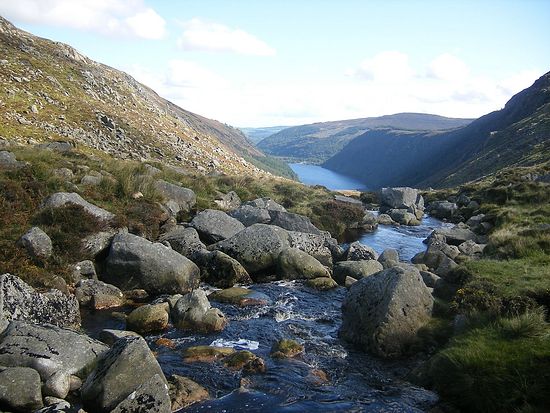
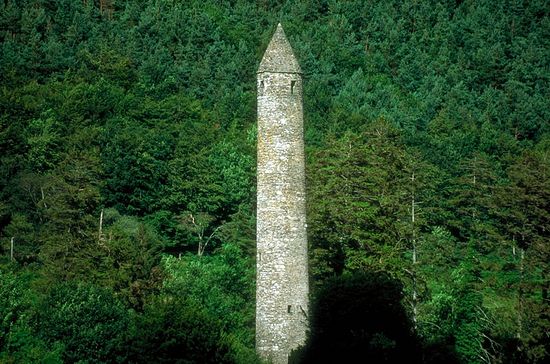
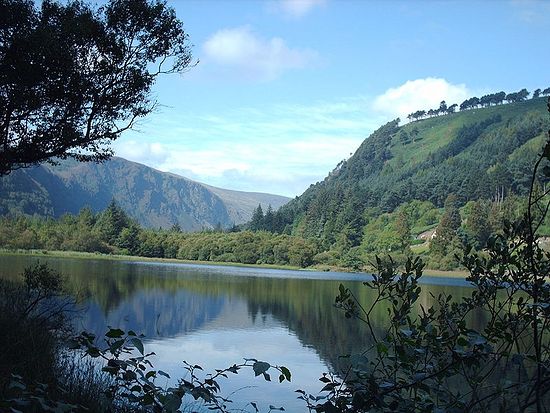
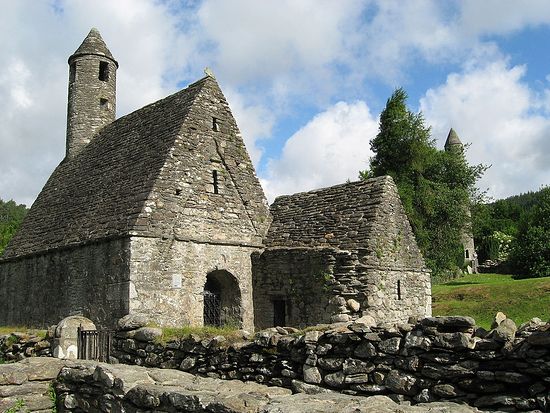
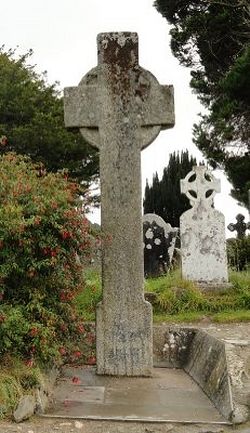
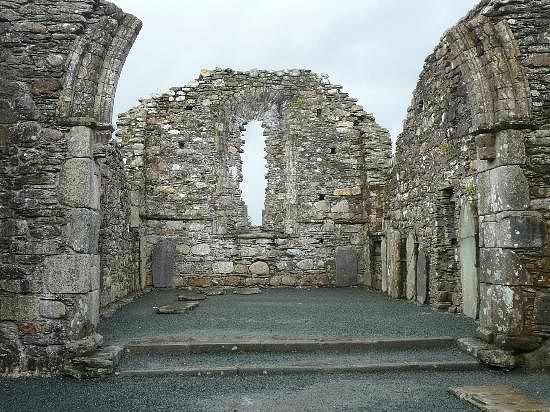
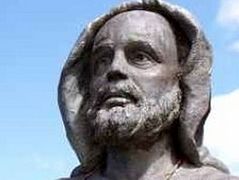
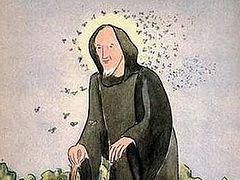
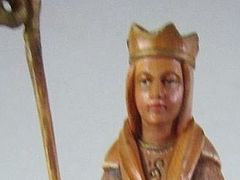
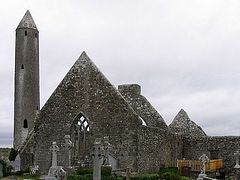
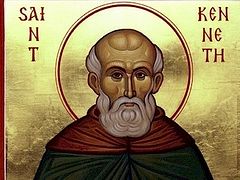
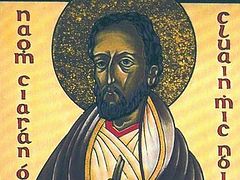
I read your astounding stories, lover of people and communicator through the Grace of God with animals. I did not know about your Godliness, but read today through my Daily Readings of Greek Orthodox Church as your St. Day.
Please intercede for my Godson Kevin Joseph and his family. Baptized Orthodox Christian he lost his way and does not have the faith of Christ. Many difficulties in his life now in his 40’s. Heal his self imposed separation from his parents Karen Panagiota and Joseph. Oversee his restoration to good health and Faith and success in his job and fatherhood of two children a boy and a girl , Brandon and Mercedes both neverbaptized, of different mothers.
My dear Russian brothers
My name is Christos Vasilopoulos and I am from Greece.
I love very much the Orthodox Celtic saints and I have a blog where I translate into Greek articles that have to do with those beloved saints.
I love very much your webpage.
You can see my blog here: http://orthodoxy-rainbow.blogspot.gr/
God bless you!
Дмитрий все прекрасно написал.